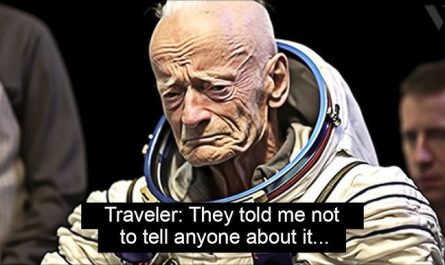Mozart and His Starling: A Remarkable Friendship in Music
In the spring of 1784, while walking through the bustling streets of Vienna, Wolfgang Amadeus Mozart made an unusual purchase: a starling. This wasn’t just a whim of a composer enchanted by birdsong—what followed was a touching and deeply creative companionship between genius and bird.
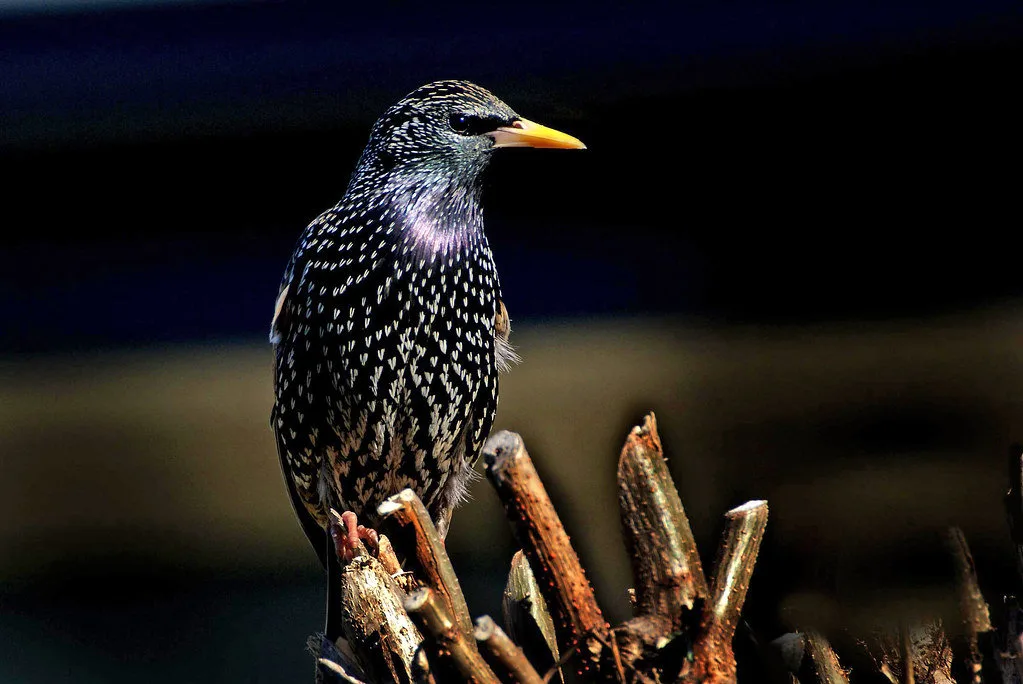
A Bird with an Ear for Music
Mozart quickly discovered that his new pet was no ordinary starling. Known for their mimicry, starlings are capable of imitating sounds and melodies with surprising accuracy. But Mozart’s bird did something extraordinary: after hearing the theme of Piano Concerto No. 17 in G major, K. 453 just a few times, the starling repeated the first 17 notes—and added its own flair.
Where Mozart had written a simple line, the bird inserted a small coda and boldly sang a G♯ in place of the expected G natural. Instead of correcting it, Mozart embraced the bird’s creative liberty. He even adopted the variation into the final version of the concerto. The idea that a small, musical bird influenced one of the most beloved works of a classical master is nothing short of astonishing.
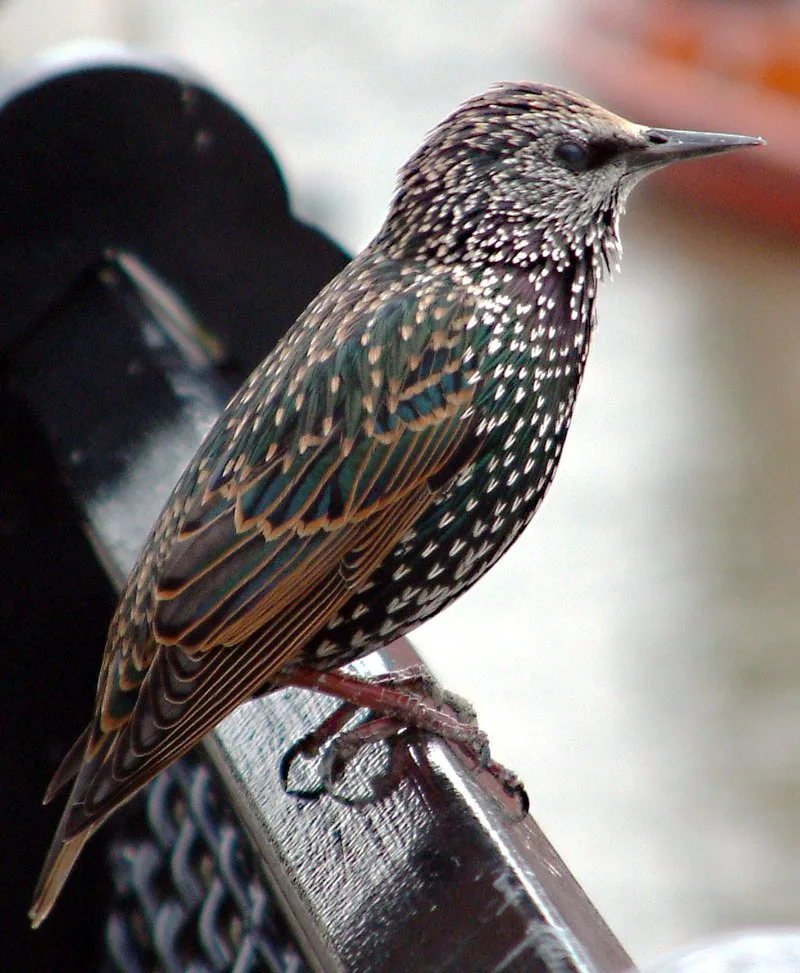
Companion and Muse
For three years, the starling lived with Mozart, likely flitting about the house and providing bursts of melodic inspiration. Mozart, ever playful and deeply emotional, seemed to cherish the bird not just for its talent, but for its companionship. Historians have speculated that the starling served as an informal creative sounding board, repeating motifs and variations that could have sparked Mozart’s endless flow of ideas.
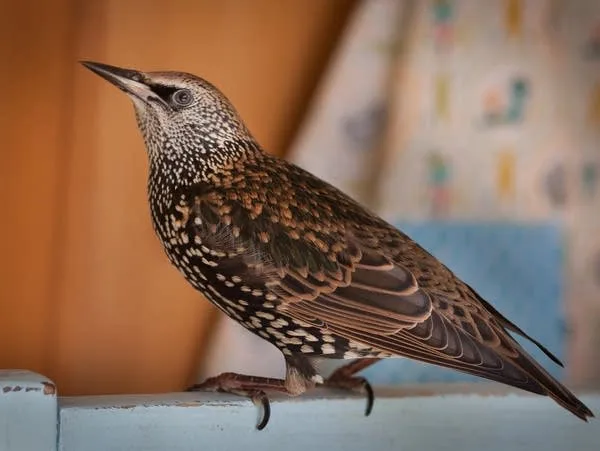
A Funeral Fit for a Friend
On June 4, 1787, the starling died. And Mozart, never one to hide his emotions, mourned deeply. He gave his bird a full funeral, complete with ceremony, eulogy, and a burial in his garden. To commemorate the occasion, he wrote a poetic elegy in the bird’s honor—both whimsical and heartfelt. The poem blended his grief with a touch of humor and absurdity, much like his music often did.
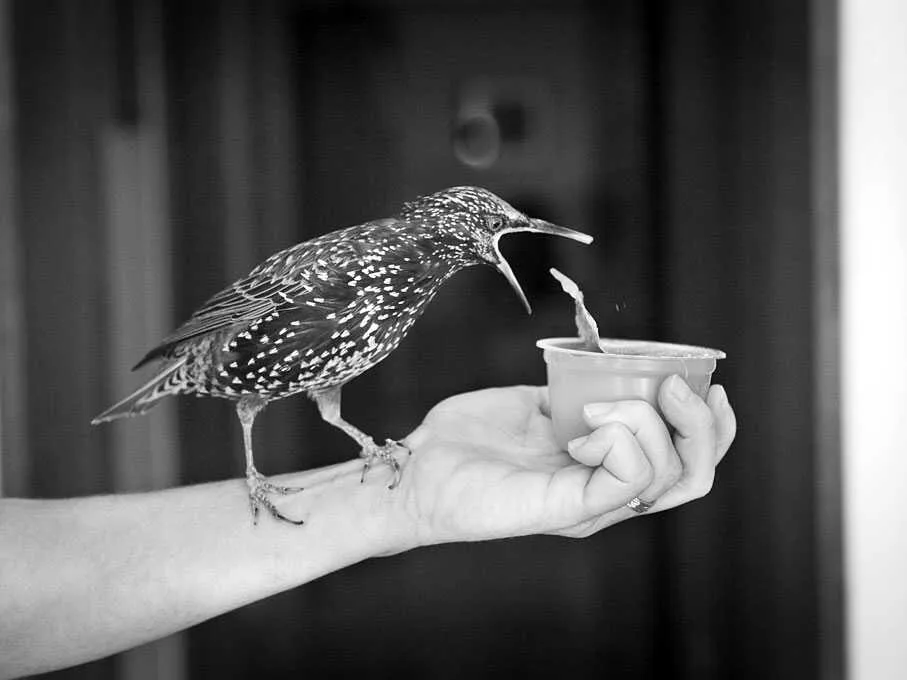
A Legacy in Feathers and Notes
The story of Mozart and his starling is more than just a curious historical anecdote. It reminds us that inspiration can come from the most unexpected places—even from a tiny bird with a sharp ear and a bold beak. Their unusual friendship bridged the gap between man and nature, showing that creativity, like music, knows no boundaries.
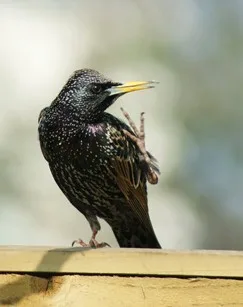
Mozart’s starling is long gone, but its voice lives on—in the coda of a concerto, in the lines of a poem, and in the history of one of humanity’s greatest musical minds.
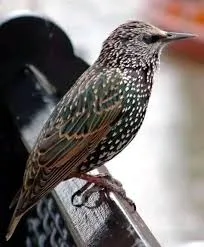
“Here rests a little fool,
A starling who could sing so cool,
A whistler of Mozartian grace—
Now silent, in this garden place.”
– (Inspired by Mozart’s poem for his beloved bird)



